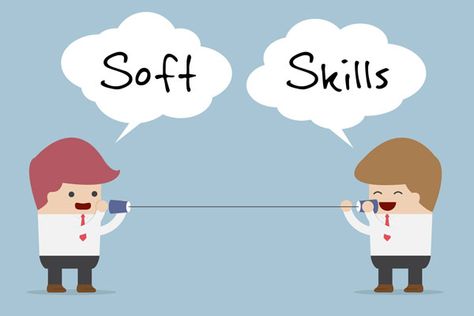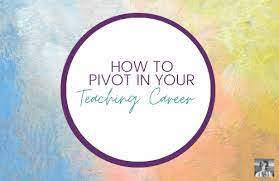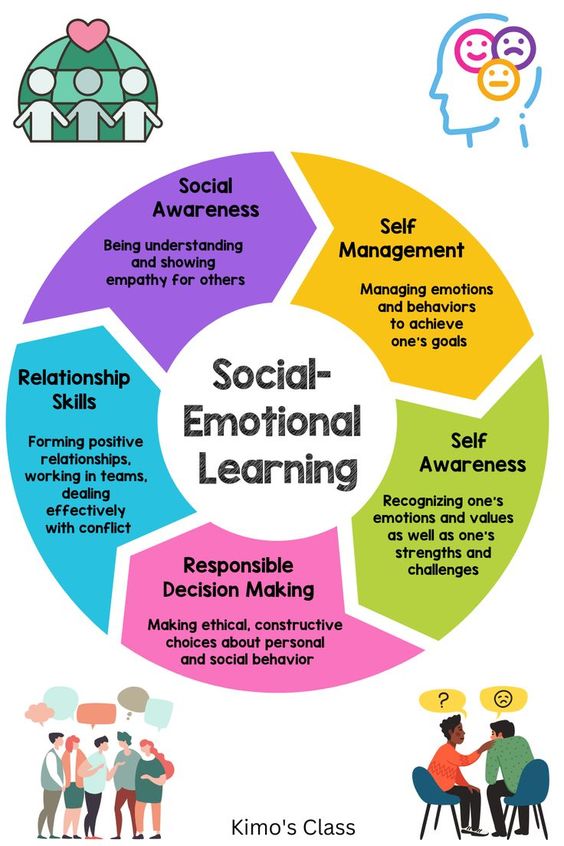Introduction:
Soft skills have become a game changer in today’s dynamic and competitive professional sphere. From effective communication to leadership and teamwork, these essential qualities are vital for achieving success and personal development. And now, you have the opportunity to win a comprehensive 20-lesson soft skills program! This valuable program covers numerous practical skills that will help you excel in various aspects of your life and career.
Why Soft Skills Matter:
Over the years, the significance of soft skills has grown exponentially. As opposed to hard skills which revolve around technical competencies, soft skills focus on behaviors, personality traits, and interpersonal abilities. In today’s ever-evolving workplace, these skills have become crucial for ensuring professional growth, productivity and harmonious work environments.
The Soft Skills Program:
The 20-lesson soft skills program covers an array of indispensable topics for personal development. Here’s a glimpse at what you stand to gain from this rewarding program:
1. Effective Communication: Hone your verbal and non-verbal communication abilities to become a better listener, articulate your ideas clearly, and build strong professional relationships.
2. Emotional Intelligence: Understand your emotions better by managing stress levels through self-awareness, self-regulation, motivation, empathy, and social competence.
3. Leadership: Develop leadership qualities that empower you in decision-making processes while creating a positive impact on others.
4. Teamwork & Collaboration: Learn how to work seamlessly with colleagues on projects in order to achieve a common goal.
5. Time Management & Organization: Increase productivity by mastering techniques for goal-setting and time management.
6. Critical Thinking & Problem Solving: Sharpen your analytical thinking abilities to make informed decisions in challenging situations.
7. Conflict Resolution & Negotiation Techniques: Improve your negotiation prowess and grasp effective ways of resolving conflicts professionally.
How to Win the Program:
Participating in this exceptional program is both straightforward and thrilling! Follow these steps to increase your odds of winning:
1. Visit the official contest website and fill out the entry registration form.
2. Spread the word about the program on your social media accounts, tagging at least three friends who you think could benefit too.
3. Share your answer to this crucial question: “How will winning this soft skills program impact your life and career?”
Results & Further Information:
Winners will be selected randomly from eligible entries, and they’ll be announced on our website and social media channels. Don’t miss this fantastic opportunity to develop your soft skills and take your career to new heights. For more details on the contest rules, regulations, and deadlines, visit our official website.
Good luck in the contest and remember – investment in personal growth is always a winning move!











